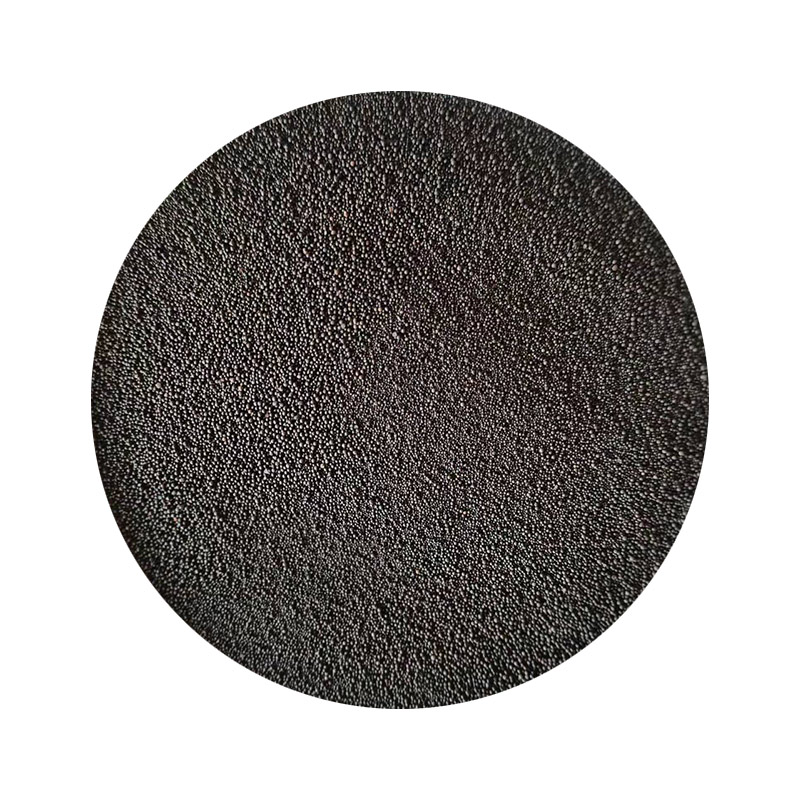The Art and Science of Ceramic Sanding
Ceramic sanding is an essential process in the manufacturing and finishing of ceramic materials. It involves the use of abrasives to achieve desired surface characteristics, whether for aesthetic appeal or functional performance. The significance of this method lies not only in refining the surface but also in enhancing the durability and utility of ceramic products.
Ceramics, known for their strength and heat resistance, are widely used in various industries, including construction, electronics, and art. The initial manufacturing of ceramics often leaves surfaces that are rough, uneven, or unpolished. This is where ceramic sanding comes into play. By applying a specific sanding technique, manufacturers can improve the finish of products, ensuring they meet the required standards of both quality and appearance.
The Sanding Process
The sanding process for ceramics typically involves the use of silicon carbide or alumina as abrasive materials. These substances are chosen for their hardness, which allows them to effectively abrade the tough ceramic surface. The sanding process can vary depending on the specific requirements of the ceramic item, including the type of ceramic material, the size and shape of the product, and the intended final finish.
The first step in ceramic sanding is the selection of the appropriate grit size. Coarser grits are used for initial shaping and removing significant amounts of material from the surface, while finer grits are employed for finishing touches to achieve a smooth and polished look. The choice of grit can significantly affect the final outcome, making it vital for manufacturers to understand the nuances of the sanding process.
Techniques and Tools
ceramic sanding

In terms of techniques, there are several methods employed in ceramic sanding. Hand sanding and machine sanding are the most common. Hand sanding allows for greater control and precision, especially for intricate designs or delicate items. On the other hand, machine sanding is faster and more efficient for larger volumes of product. Abrasive belts, discs, and pads are commonly used in machine sanding, providing consistent results across the surface of the ceramic.
The advancement of technology has also led to the development of specialized sanding machines designed specifically for ceramics. These machines can adjust their speed, pressure, and sanding patterns, allowing for optimized performance based on the specific requirements of the ceramic piece being processed.
Benefits of Ceramic Sanding
The benefits of ceramic sanding extend beyond aesthetic quality. A well-sanded ceramic surface promotes better adhesion of glazes and paints, which is crucial for decorative ceramics. Furthermore, sanding improves the surface texture, making it less prone to defects and ensuring a more durable final product. This adds value to ceramics, making them attractive to consumers who seek both beauty and functionality.
Moreover, the sanding process can enhance the overall mechanical properties of ceramics. By eliminating surface flaws and tensions, the strength of the product can be improved, leading to longer-lasting and more resilient items. In industries such as electronics, where ceramics are often used as insulators and substrates, superior surface quality can significantly influence performance.
Conclusion
In conclusion, ceramic sanding is a pivotal aspect of ceramic production that combines artistry with technology. It allows manufacturers to refine their products, ensuring that they meet both performance and aesthetic standards. As techniques and tools continue to evolve, the future of ceramic sanding holds exciting possibilities, promising even higher quality and more innovative ceramic products for various industries. Understanding and mastering the art of ceramic sanding not only enhances the beauty of ceramics but also contributes to their functionality and longevity in an ever-demanding market.
Post time:12月 . 18, 2024 14:06
Next:china sand casting
